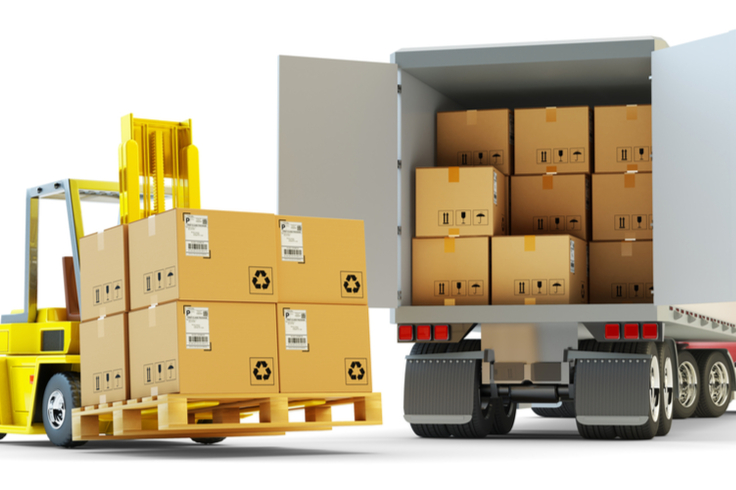Packaging is important. Even though many people don’t think much about it, packaging can be the unsung hero — or unnoticed villain — of a business in terms of customer retention, new customer acquisition, quality control, operating costs, sales revenue and overall profitability.
This is why product packaging strategy is essential for every business, whether it is shipping five packages a day or 5,000. Several aspects of your business need to be accounted for as you consider strategic options. Let’s take a look.
Function
Protecting the contents of your shipment is obviously the most important role of packaging. A slick-looking box that wows customers will quickly turn them into ex-customers if their orders are damaged. For food packaging, an area of special expertise at GWC Packaging, function is usually the most important consideration by far, since spoilage causes immense dissatisfaction or even worse problems. In addition, damaged products create additional expense for returns and replacements. Packaging testing labs are available (contact us for details) to help you sort through the many packaging material options and identify the most protective materials and shipping container styles.
Cost
Functional packaging must also be cost-effective. If your packaging results in zero damage but costs $25 per box, you may find yourself with satisfied customers — but out of business! There are many ways to reduce the cost of shipping containers and inner packaging materials without sacrificing function. This is an important area where a packaging partner can help you drill down to the best product packaging strategy.
Marketing
If consumers see your packaging on a retail shelf or at home through the mail or parcel delivery, its uniqueness and perceived quality are extremely important for attracting attention (in retail) and driving reorders (home delivery). There are many cost-effective ways to add interesting design wrinkles, color, graphics and other visual elements into packaging to make a brand stand out from the crowd. Sometimes, however, the opposite approach is the best strategy. For example, if your marketing stresses budget-friendliness, a plain, generic container conveys to customers that they are not paying extra for packaging.
Customer Convenience
Customers strongly dislike packaging that is hard to open and/or dispose of. Can your package be opened without the use of a utility knife or scissors? Is it easily recyclable? Can it be converted into a return shipping box if the customer wants to make an exchange or return? Does the box contain messy flowable peanuts that create a major cleanup chore? Is it clear which end of the box is the appropriate one to open? Does the box have tamper-evident packaging to alert the customer if someone has tried to open it? These are questions you should answer when considering types of packaging strategies.
B2B Issues
If you are shipping to businesses rather than directly to consumers, all of the above issues are still applicable, as well as others that apply to bulk shipments. Among the most important:
- Palletization. Palletized loads must be secured properly with stretch film, banding or some other material to prevent loads from shifting in transit and while being handled and stored in warehouses. GWC Packaging can assist with testing to find the right balance between cost and function.
- Product identification. Incoming loads must be easily identified and inspected. Product identification and labeling is often accomplished through color coding and symbols. During inspection, various types of tamper-evident or transparent packaging can assist receiving departments in efficiently processing incoming materials.
- Packaging requirements. It’s important to understand your customers’ entire scope of requirements at the early stages of developing packaging strategies. For instance, many companies have sustainability initiatives in place that require suppliers to use packaging materials with a certain percentage of recycled content. Failure to conform to these standards could result in lost business.
Need Help With Your Packaging Strategy?
Weighing the many factors of a winning packaging strategy is not a task you have to undertake alone. Our experienced team has worked through all of the issues described above and many more. We are here to help, so please contact us today.
